Conclusion
 Pros
Pros
- Extremely well-built lens with weathersealing, smooth zoom action and great handling
- Fast and accurate autofocus in good light
- Very sharp throughout the zoom range, right from f/2.8
- Extremely low distortion
- Good control of chromatic aberration and vignetting
- Excellent color and contrast produces rich, natural images at all focal lengths and apertures
- Great close-focus ability
- Included lens hood provides good shading and features a convenient slide out mechanism
- Included tripod collar works smoothly and easily
Cons
- While not too large considering the range and aperture, it’s quite substantial compared to other Micro 4/3 lenses
- Autofocus can hunt in low light
- Bokeh can get nervous in some situations
- Terrible against bright light, with massively reduced contrast and bright purple ghosts
The Olympus 40-150mm f/2.8 PRO has been a hotly anticipated lens with very high expectations, and for the most part, it meets those expectations. The lens is very sharp right from f/2.8 across the frame, especially in typical portrait focus distances, and it has a very natural color rendition with good contrast at any setting. While bokeh is average at best, the lens also keeps chromatic aberrations in check (except at the wide end) and is surprisingly free of distortion.
The 40-150mm f/2.8 is a big lens for Micro 4/3, and it adds notable weight to your bag in comparison with the majority of the other lenses in the system. If size and weight are a major concern, you may want to give the excellent Panasonic 35-100mm f/2.8 a look instead. However, when I normally shoot with a 70-200mm equivalent lens, I sometimes run into situations where I just wish I had that little extra bit of reach, and the 40-150mm fills that need, and I appreciated the extra range many times during my shooting with the lens.
While the lens is predominantly stellar, there are a few things to watch out for. The lens flares badly when the sun is included in the frame or just out of it, and the autofocus can sometimes have trouble in dim light on an Olympus E-M5, but overall, I really enjoyed shooting with the 40-150mm. It’s got a fantastic range, excellent optical quality and a robust build quality that oozes professionalism. It is well worthy of the PRO label etched into the lens barrel.
Buying your gear through the B&H links helps support Admiring Light at no extra cost to you.
Image Samples
Click on an image to enlarge
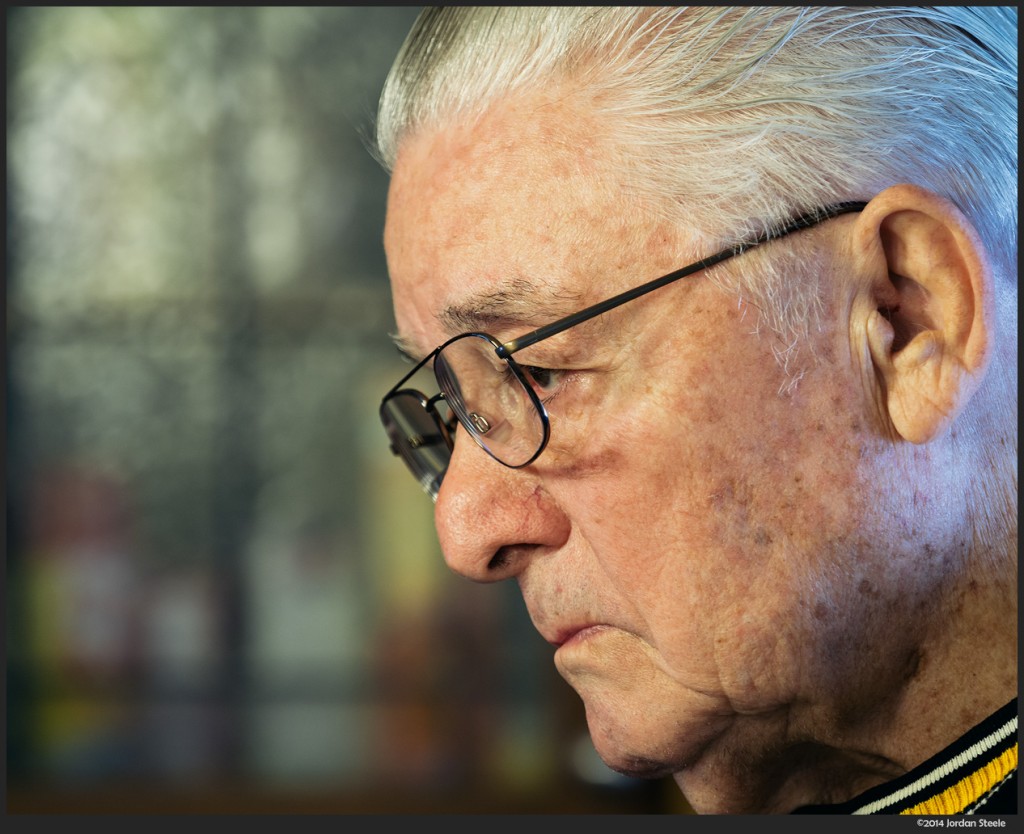
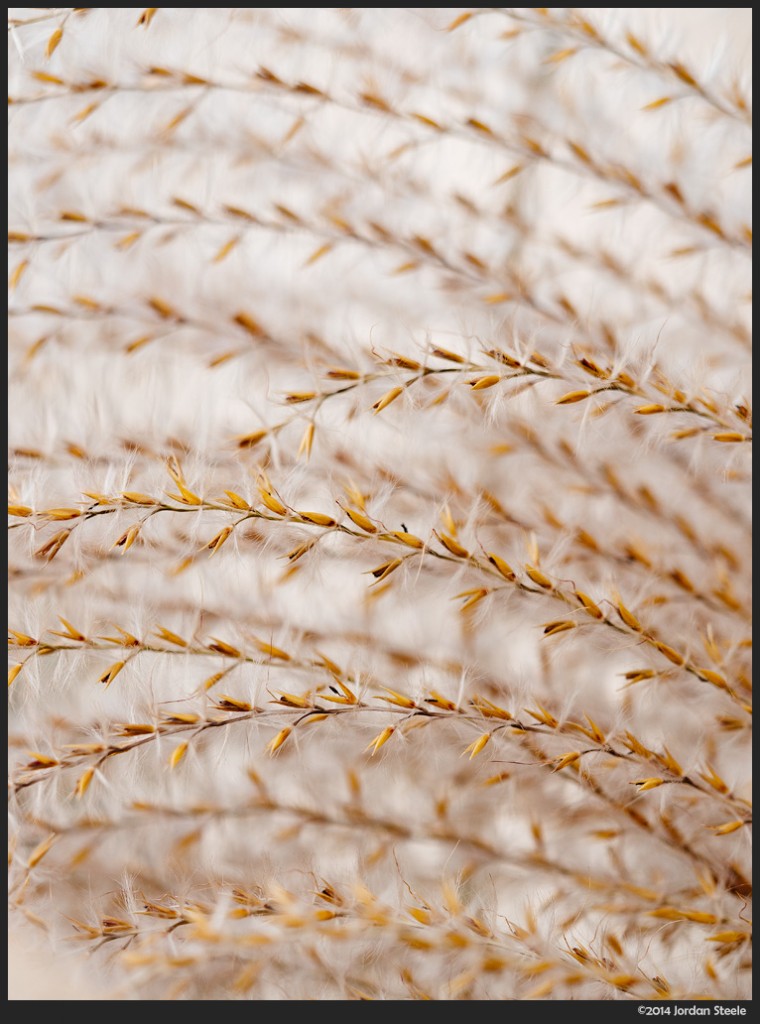
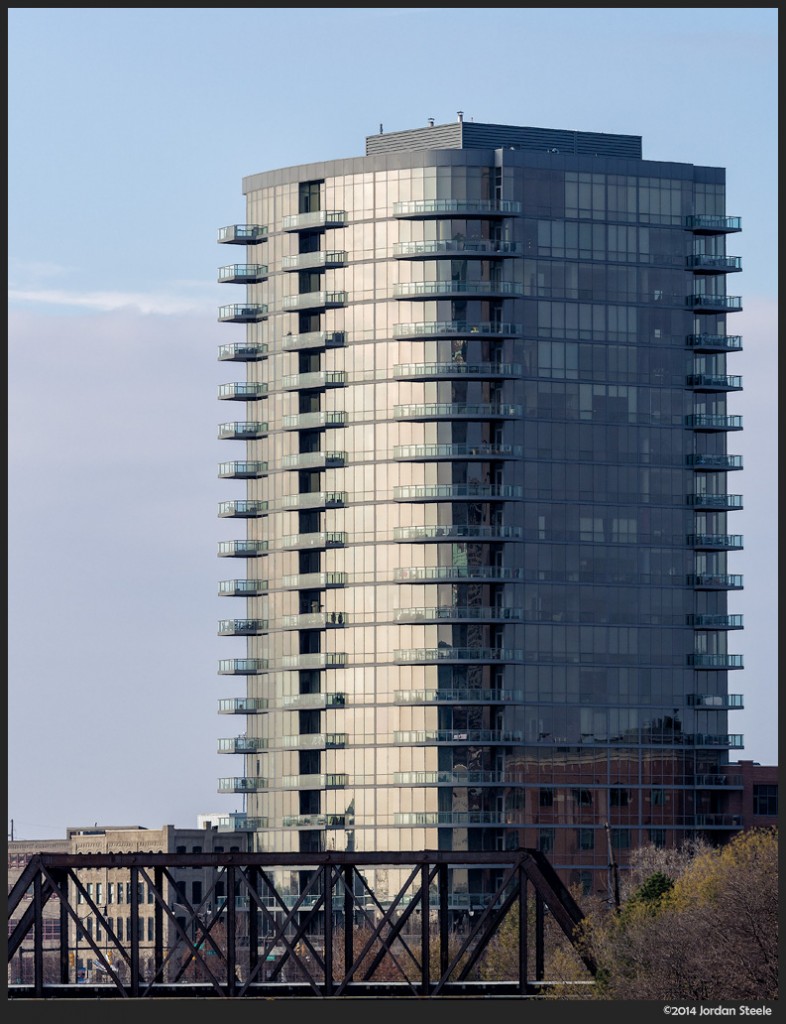
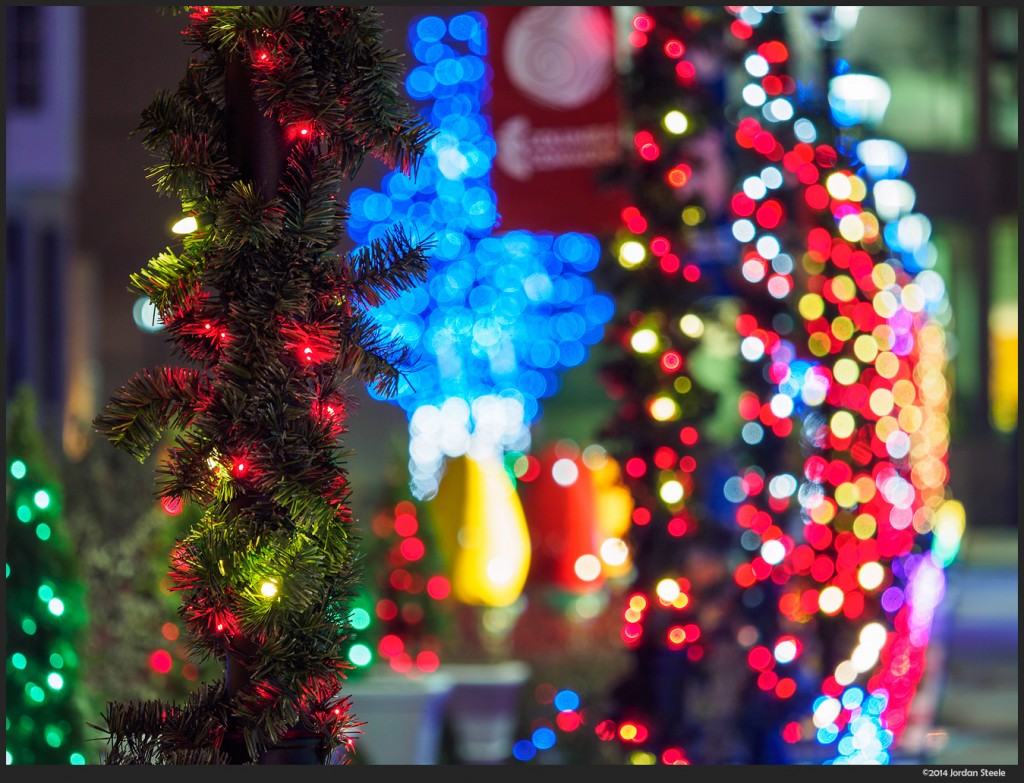

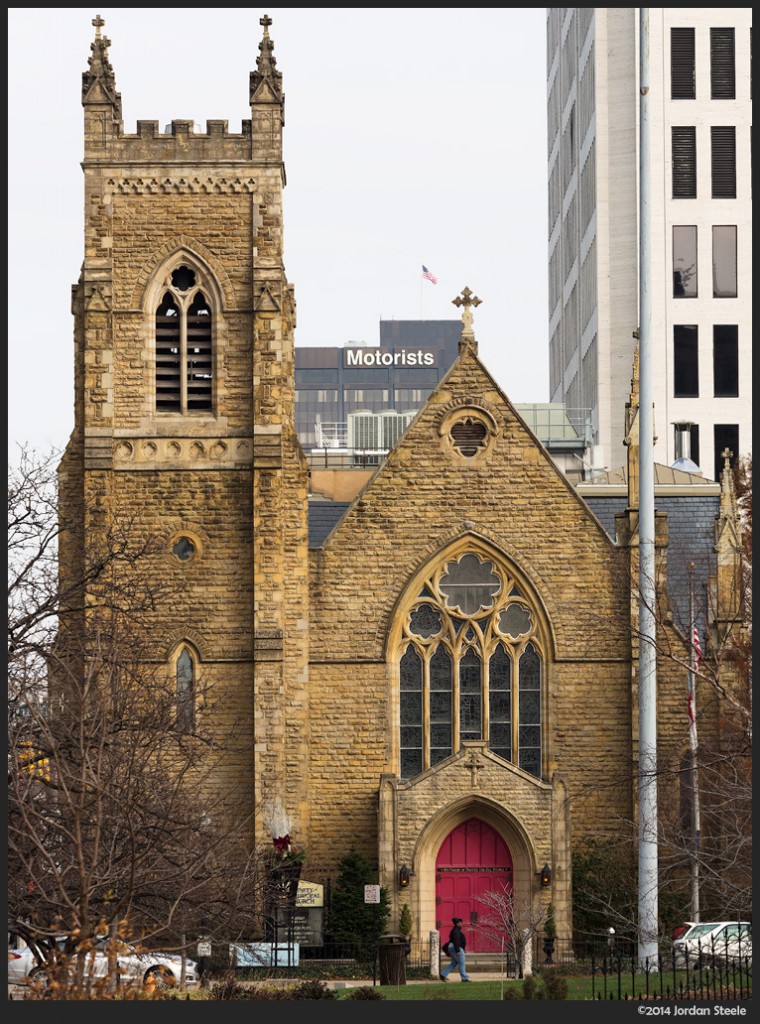

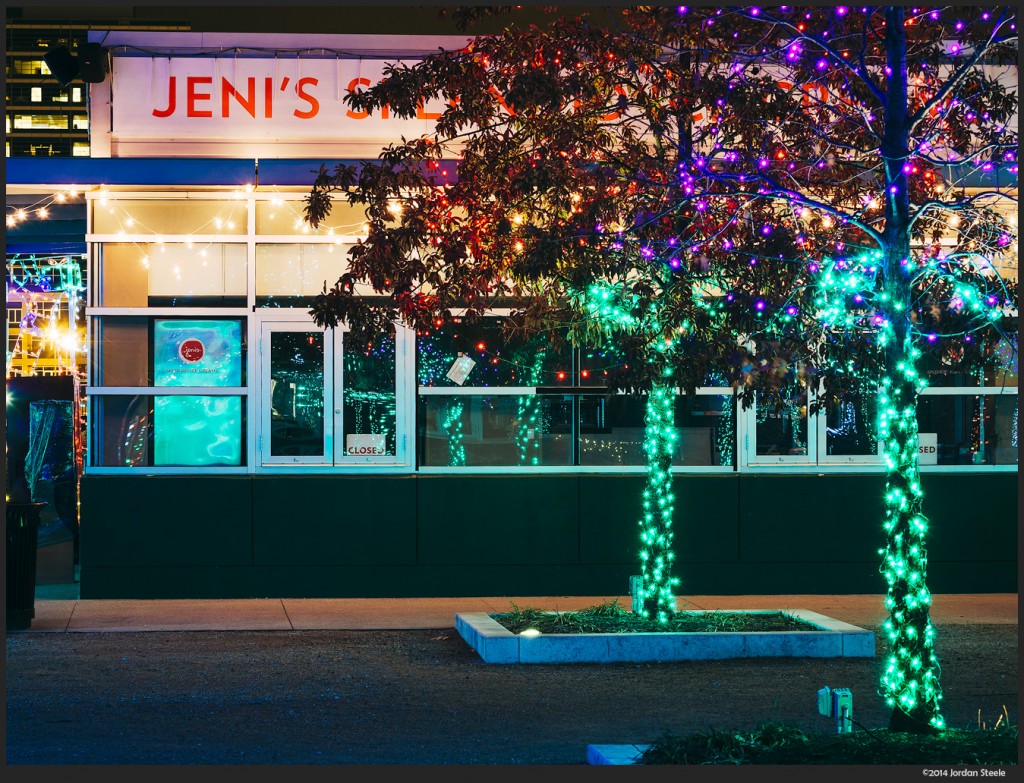

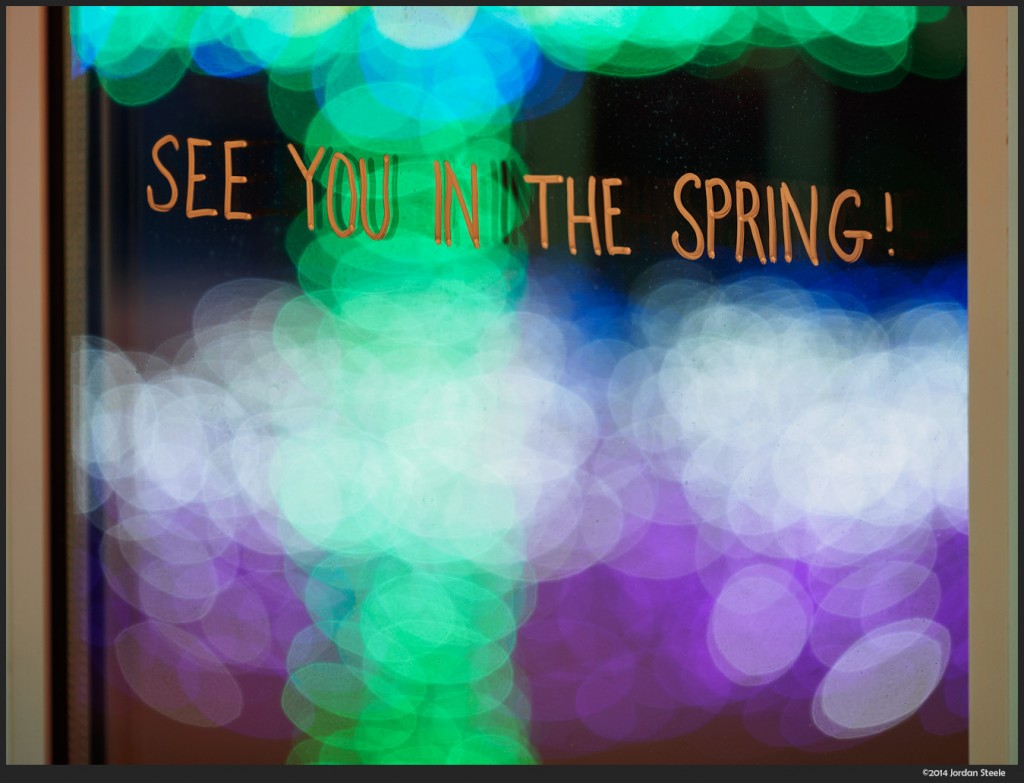


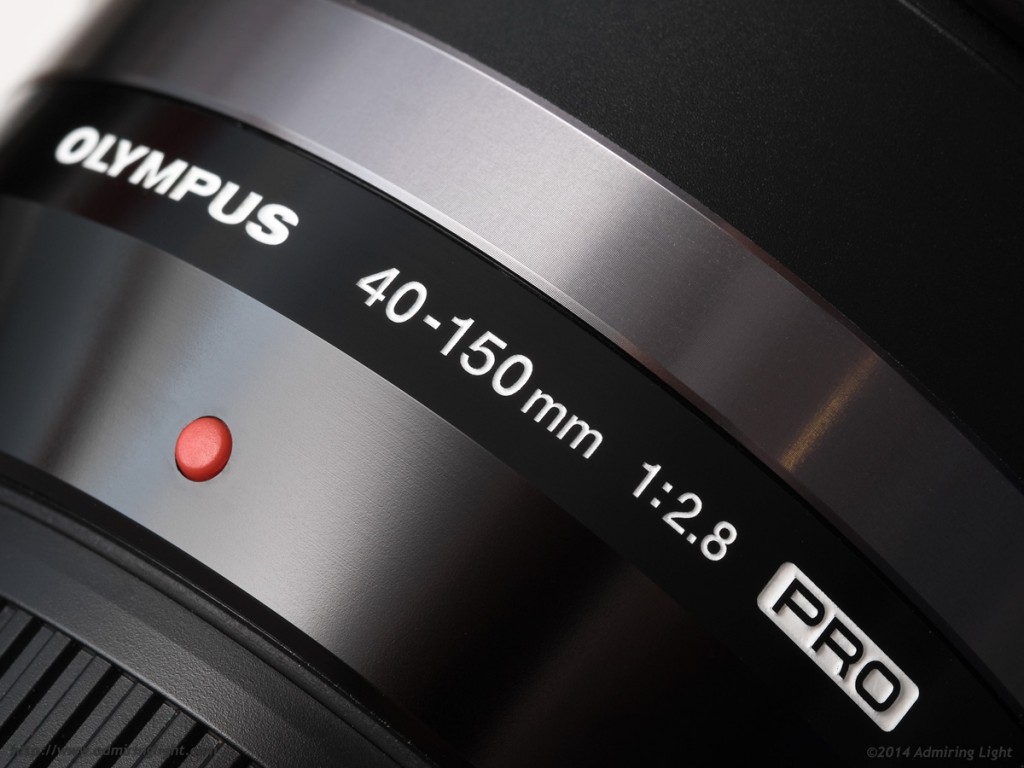




Leave a Reply